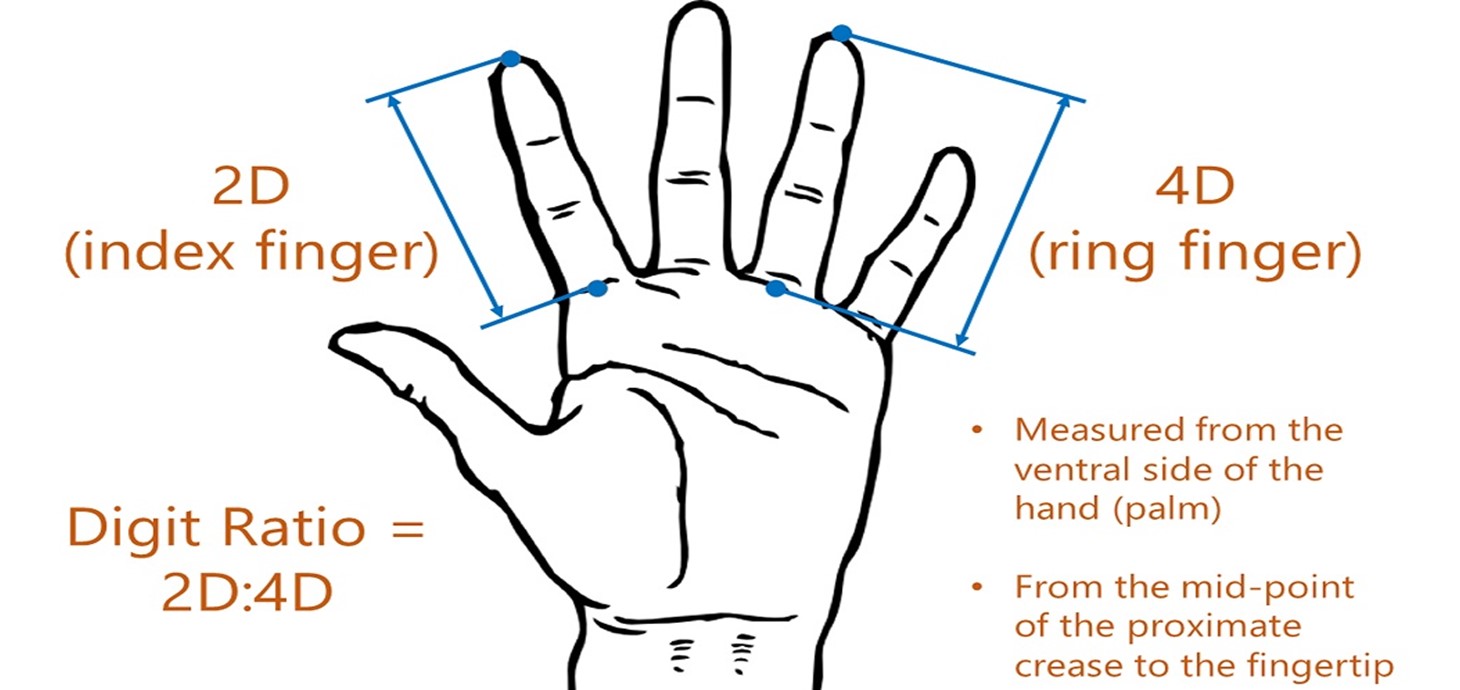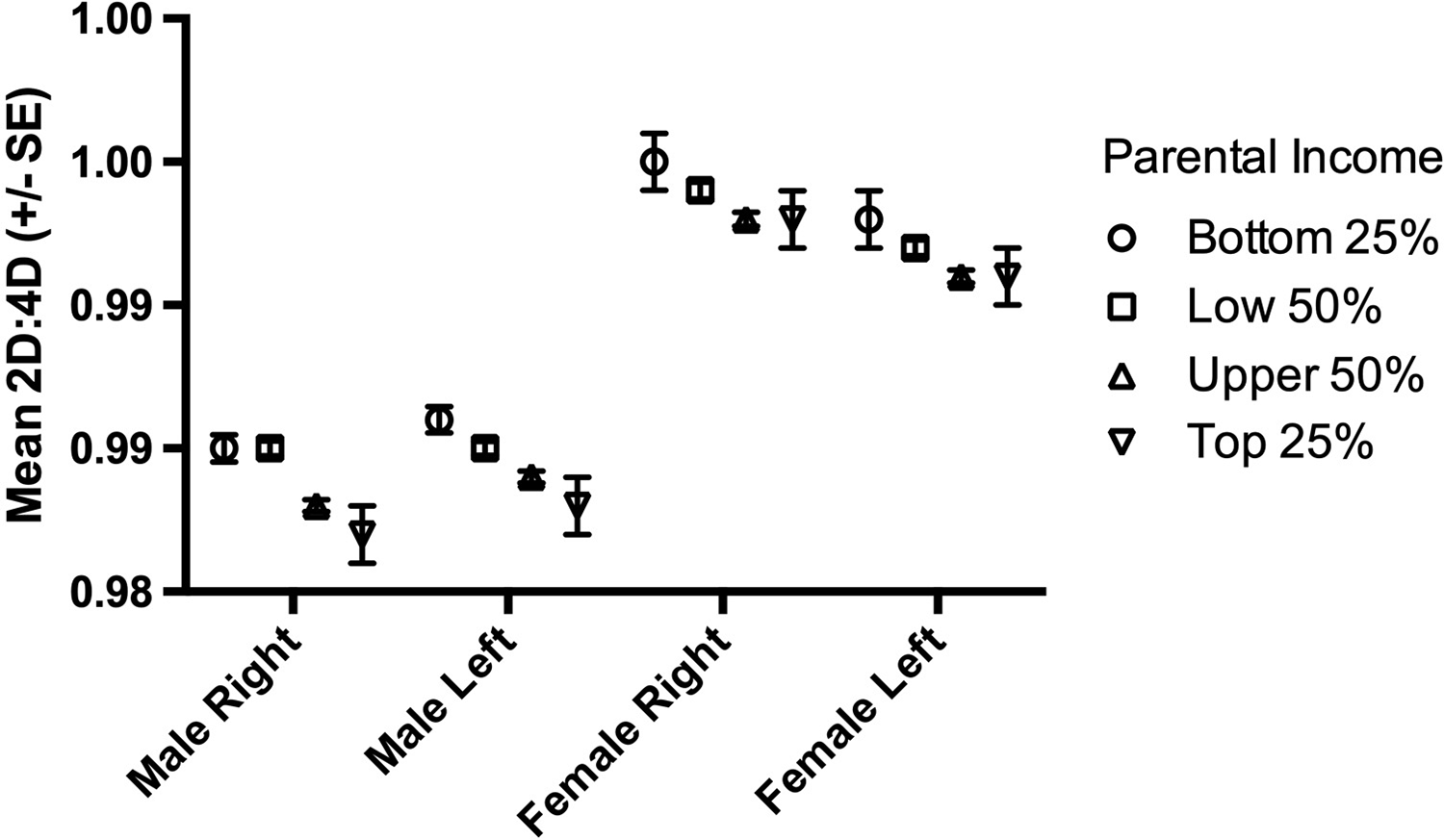The Effect Of Socio Economic Status On Transsexuals
There have been many who have commented upon, and even some actual data, to suggest that there is a correlation between Socio Economic Status and etiology found in MTF transsexuals. However, many have made silly and unsupported suppositions as to why this should be. Most mistake the arrow of causation.
For “late onset” (autogynephilic) transwomen, the arrow of causation is very straight forward. Transition is socially, financially, and personally expensive. It often entails loss of career opportunities, loss of income, loss of family connections, divorce, child custody and ensuing child support payment obligations, etc. The very process of transition also entails costly medical and other “gender affirming” procedures (therapy, facial hair removal, hair transplants, etc.) Thus, an individual contemplating transition naturally weighs their ability to “afford” these social and financial costs. This means that the higher one’s personal Socio Economic Status, the more likely an autogynephilic male will transition.
Note that is their status AT THE TIME OF TRANSITION !
The arrow of causation is reversed for an HSTS. If she has risen to some level of career success or not, it is an effect of having experienced the visicitudes of being gender atypical, homosexual, and transsexual. It is NOT the cause of her being transsexual and certainly not of having chosen to transition.
For a teenager in transition, an “early onset” Homosexual Transsexual (HSTS), their future SES is an unknown country on the one hand, and likely NOT to become very great, given statistical and cultural realities on the other, especially if their family has already or is very likely to disown them. (I’ve written on this issue before.) If an HSTS works very hard, has a few lucky breaks, and becomes socially and financially stable, even “successful”, this cannot have had a retroactive influence upon her decision to transition. And certainly NOT upon her sexuality.
There have been, and will continue to be, HSTS who achieve some degree of success, even of considerable success in business or industry. Being hungry, cold, and homeless as a teenager and early 20 something often has the effect of driving one’s ambition to never be so again. And if they take advantage of their early education and social connections in a given industry, this cannot be seen as evidence of their sexuality or etiology, only of their “invisible knapsack” of knowledge, packed by their early experiences.
On the other hand, there are many HSTS who never do become financially stable, much less attain notable social, business, or career success, often trapped in a vicious cycle of poverty from an early age. But again, this too is a result, not a cause of their transsexuality.
However, there is a correlation with family of origin’s SES and HSTS, as has been noted by various observers and found in some of the datasets (e.g. Nuttbrock). J. Michael Bailey in his book, The Man Who Would Be Queen, speculated that feminine androphilic males that come from better SES would work harder to “normalize their gender identity”, to be a desister. To be honest, this notion felt wrong somehow.
Consider that desisters always do so BEFORE puberty. This smacks of biology, not sociology. Frankly, I doubt many pre-pubescent children think very deeply about their future careers and their chances of success as gay men vs. HSTS.
One interesting data point is that there are more HSTS transkids raised in middle and upper-middle-class families after adoption than would be expected. Similarly it has been noted that there are more HSTS in foster care than random chance would account. If the issue was low SES in the family that was raising them to persist to become HSTS instead of desisting to become gay men, they should have been desisters per Bailey’s speculation. But they didn’t desist.

We may now have another working hypothesis. It comes from all places, research on 2D:4D ratio of fingers. As I’ve pointed out before, there is some evidence that 2D:4D ratio is both sexually dimorphic and is correlated with both sexual orientation and gender atypicality, including being HSTS. This new data shows a correlation between the mother’s SES during pregnancy and a feminized 2D:4D ratio. That is to say, it suggests that women, without their conscious control, adjust their own hormones to favor masculinity if they are well off, and femininity if they are poor. How one’s SES causes this is as yet unknown, but the data is there.

There is a linear correlation between the 2D:4D ratio and SES as shown in this graph. Poor families have children with more feminized hands due to hormones in the womb. Since the 2D:4D ratio is stable from birth, the effect is only from prenatal exposure to hormones. While this effect is likely not enough on its own, in combination with other factors such as genetics / epigenetics (androphilia and HSTS “running in families”), the Fraternal Birth Order Effect, perinatal hormones, and perhaps other influences yet to be discovered, this maternal SES effect on hormones may be enough to cause the noted statistical finding of more HSTS coming from low SES households.
It is important to note that this SES effect would ONLY be operable prenatally. If the child is adopted, fostered, or if the mother should experience a dramatic increase in SES while she was raising her feminized male child, that child’s then experienced SES would have no bearing on that child’s sexual orientation, gender atypicality, or gender dysphoria. The SES effect would have already done it’s work, causing a locked-in effect. In this case, we would see a SES effected HSTS, but one who grows up in a much more privileged environment and thus much more likely to face the adversities thrown at such teenaged transsexuals and able to overcome them.
These findings have a personal resonance. My own 2D:4D, at 1.06 is literally off the chart feminized, one could describe it as hyperfeminized, not just hypomasculine. Given that we also know that such ratios are found to anti-correlate with sports performance, one would expect that I would be a very poor athlete, which was true. But, as many who know me (or think they do) have no doubt observed, I came from a fairly well off family. But what they don’t realize is that was only true of the second half of my childhood.
My father grew up in Port Arthur, Texas, a dirty, smelly, working class petroleum refining town on the Gulf Coast. He was born in the fall of 1929, right as the economy crashed. He grew up poor as poor can be. He shared stories of how he and his brothers would fish and hunt for crawdads in the Gulf waters to put food on the table. But he and his siblings were very smart and managed to get into college in spite of this lack of funds or legacy, partly on the GI Bill from serving during the Korean War. Even his gay brother climbed out of that poverty through study and hard work, largely because of their father (my grandfather) insisting upon it.
My mother grew up in a tiny farm town in the middle of nowhere on the boarder of Texas and Oklahoma. Her family was a little better off than my father’s, mostly by dint of hard work farming and ranching. (I have childhood memories of collecting eggs from the hen house and of feeding hay to the cows on their farm.) My mother too was very smart, graduated from high school at age 16 to attend college to earn a teacher’s credentials at age 19, graduating as a married woman with a baby in her arms, me. My father worked at a bowling alley, between classes, to support his young wife and child. My siblings came along in rapid succession. Thus, while my mother was carrying me, my parents were dirt poor students from working class families. Things must have been rough for my parents at first. Me? I don’t remember.
My father was proud to have worked his way out of the poverty he grew up in… earning his place in middle and even upper-middle-class professional circles, but always carried a bit of baggage from his childhood, especially around the topic of food. He would become enraged at food waste for example, remembering days of hunger. There was never the entitled expectation in our household that other well off families taught their kids. Instead, my father was constantly exhorting us to study hard, especially math and science, just as his father before him, fearing we would slip down the socio-economic ladder, saying, “You want to be a ditch digger when you grow up?” He not only helped us with homework, but independently tutored us in science, setting up experiments and demonstrations, from basic physics, chemistry, to biology, while our mother pushed us in reading, writing, and arithmetic (she had a teacher’s credential after all). I learned that same lesson about hunger when I was disowned and become a homeless street tranny. But my father’s lessons of hard work and study lifted me out of poverty, just as it had for him.
Further Reading:
2D:4D Evidence Supports Transexual Taxonomy
Autogynephilic Transwomen Have Higher IQs; A Selection Effect on Higher SES
Reference:
J.T. Manning, et al, “Parental income inequality and children’s digit ratio (2D:4D): a ‘Trivers-Willard’ effect on prenatal androgenization?”, Journal of Biosocial Science, 2021, https://doi.org/10.1017/S0021932021000043


Comments Off on The Effect Of Socio Economic Status On Transsexuals